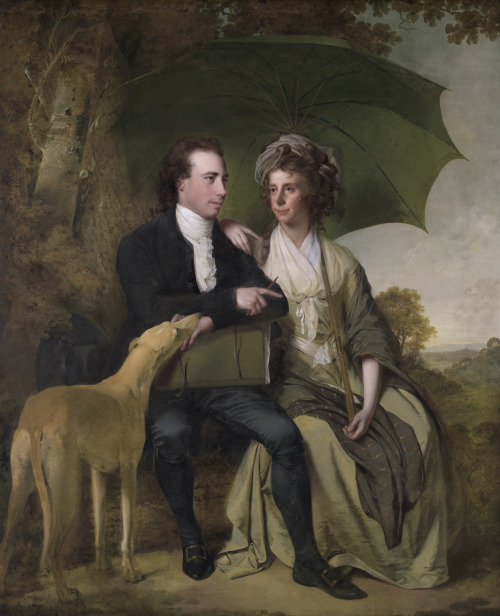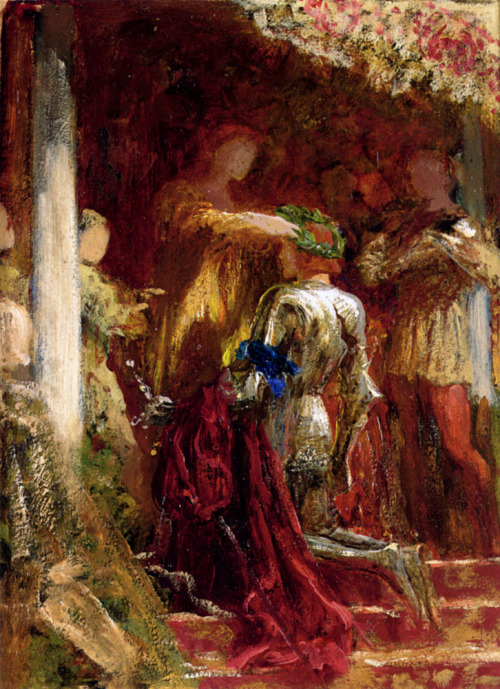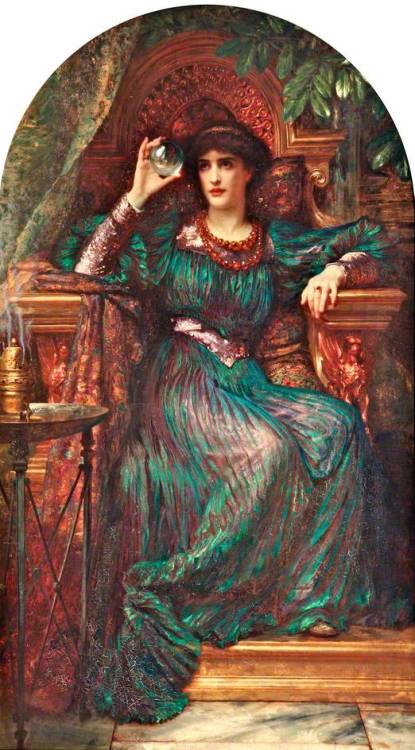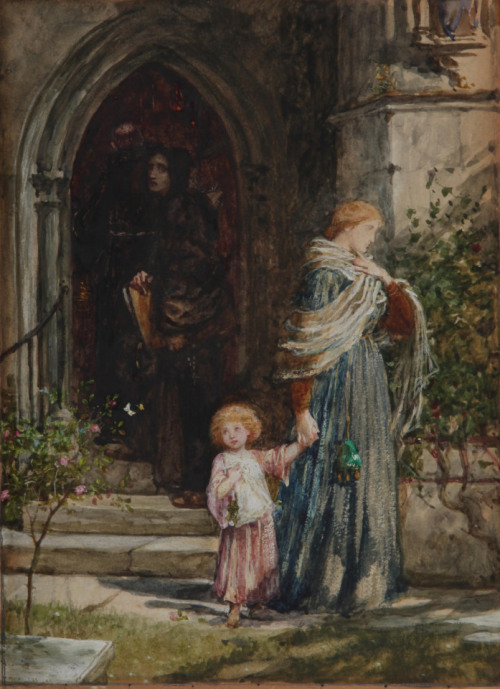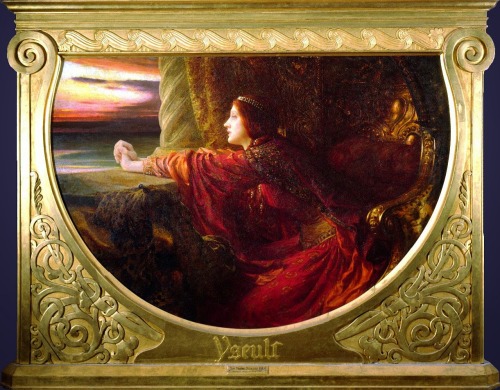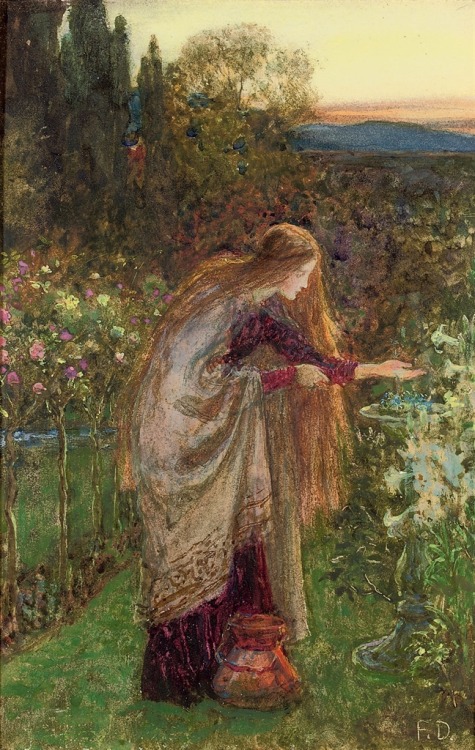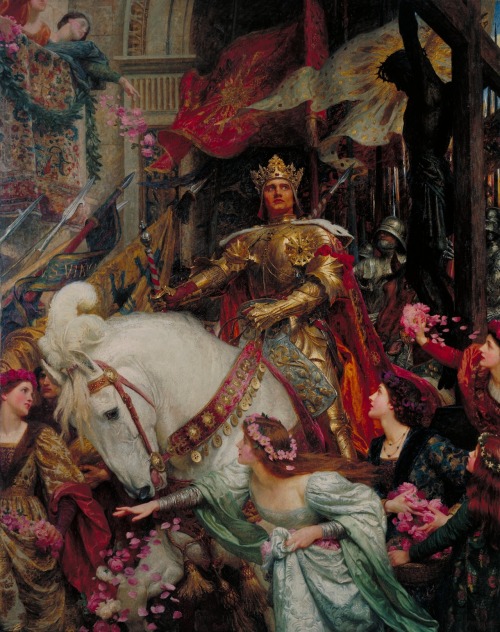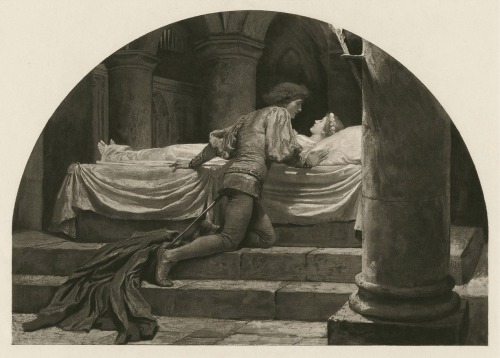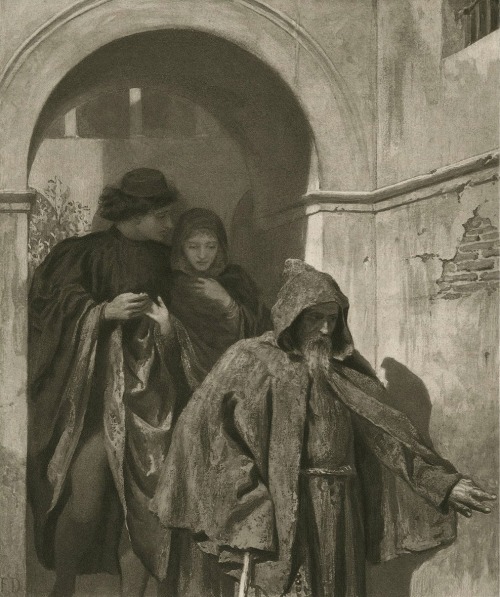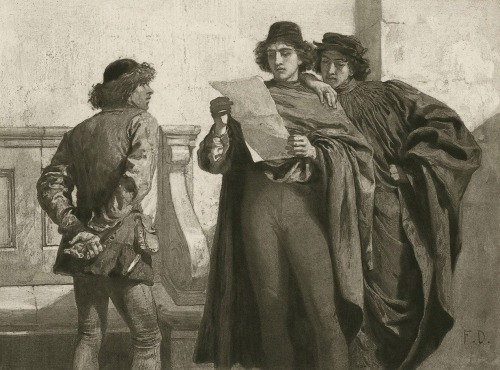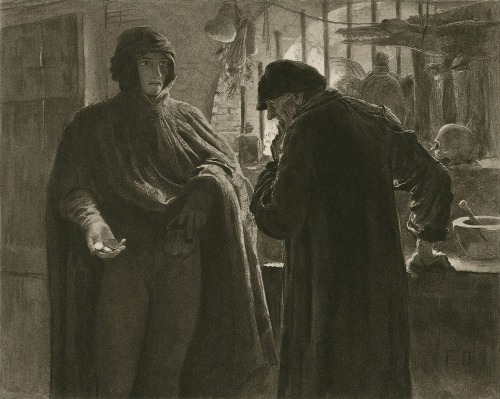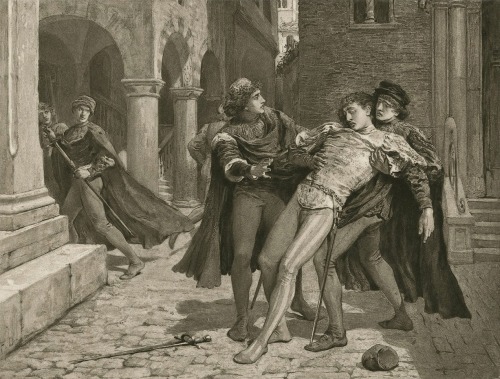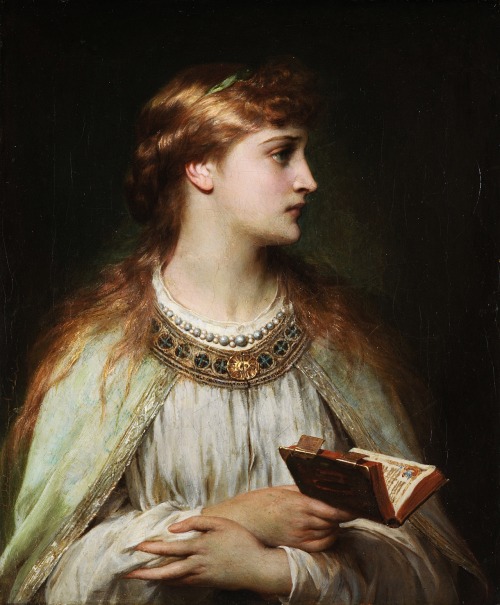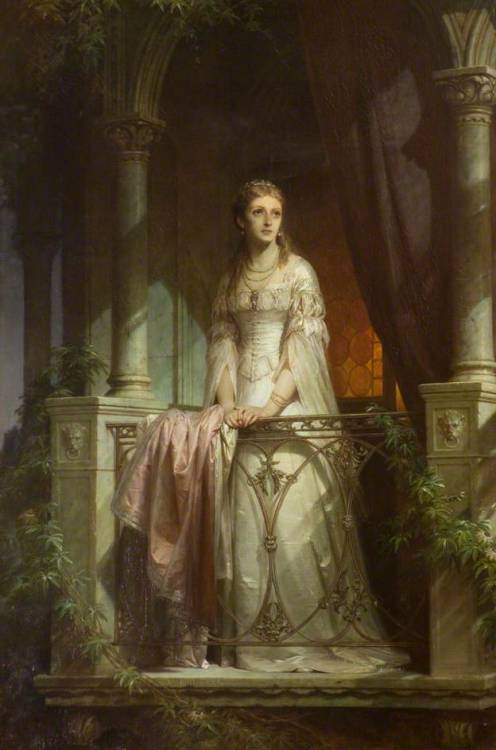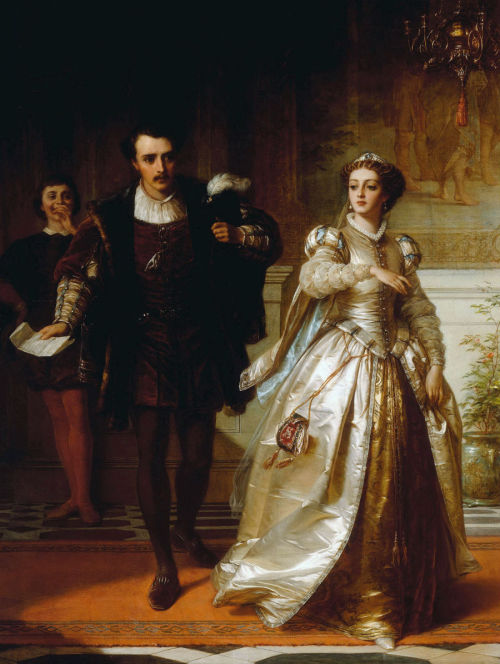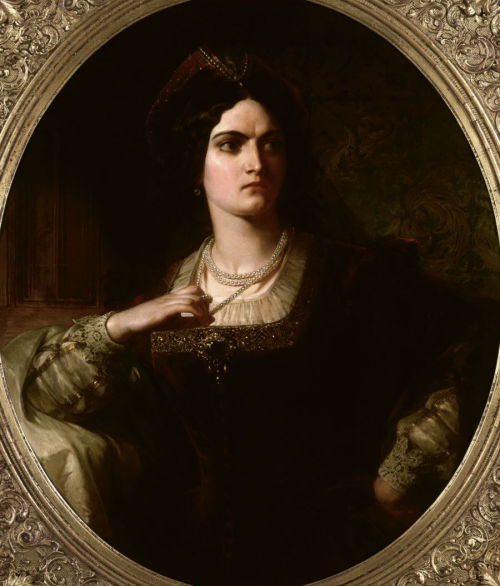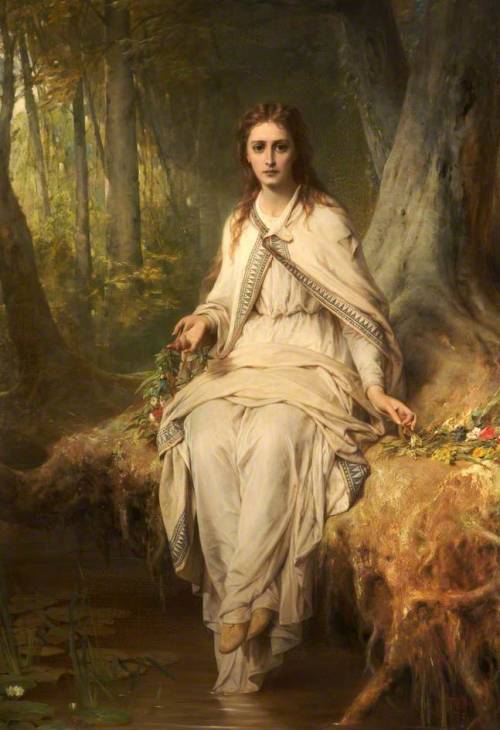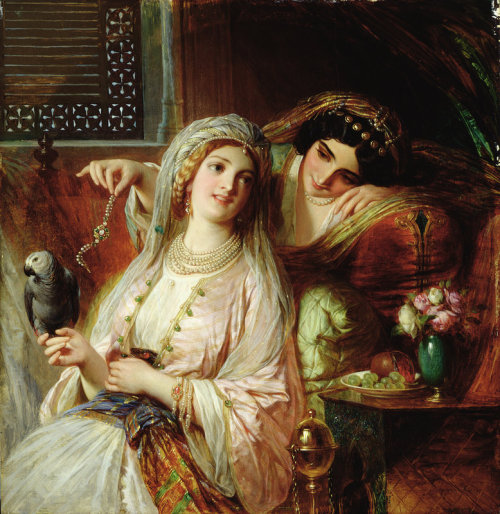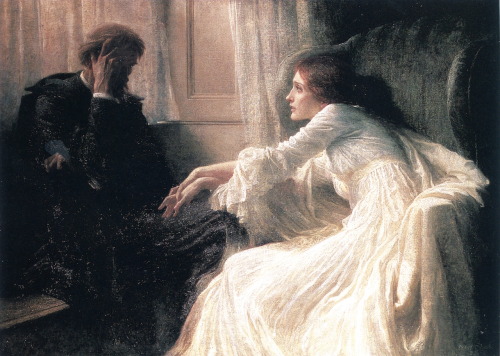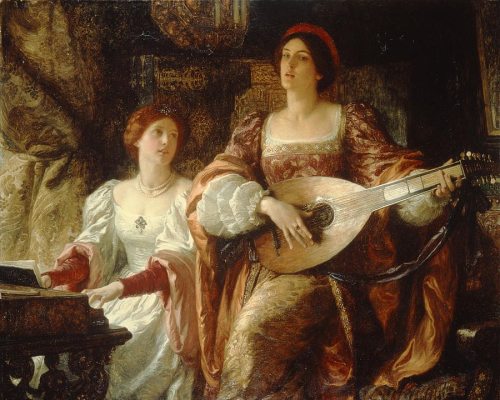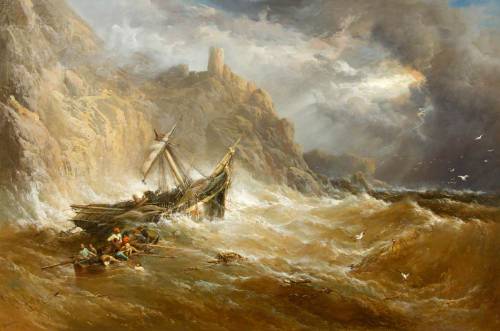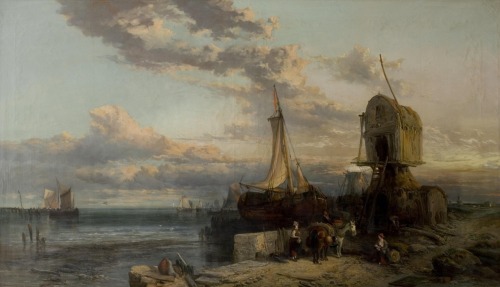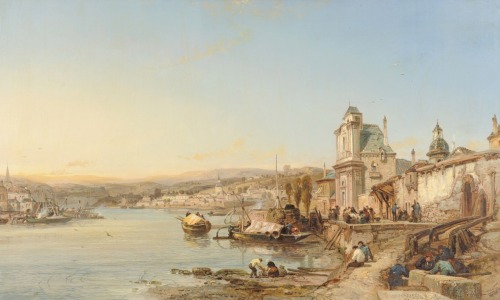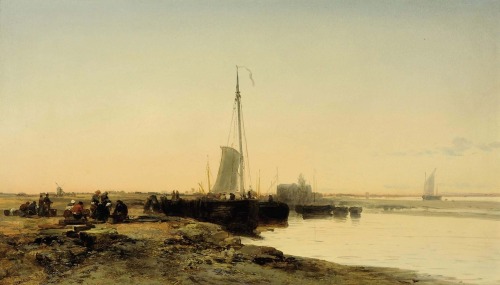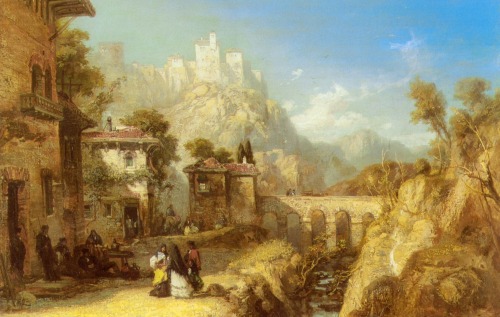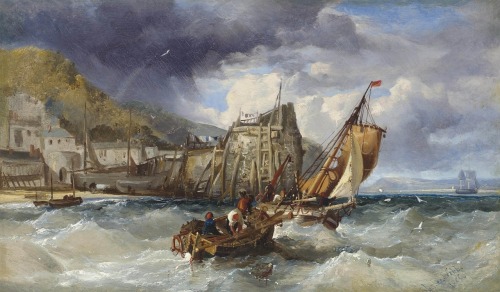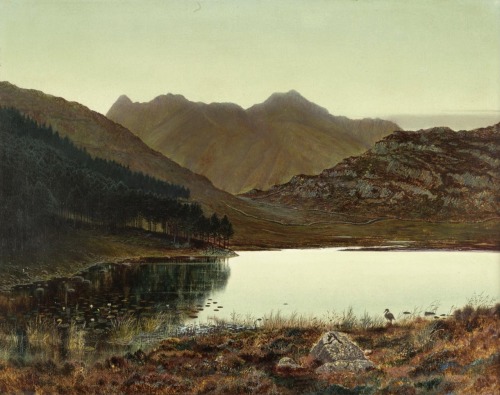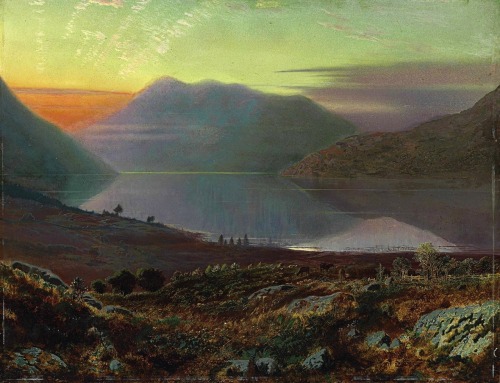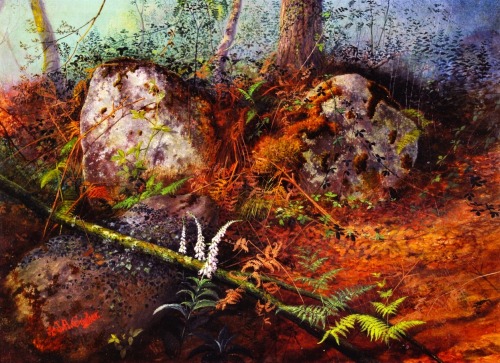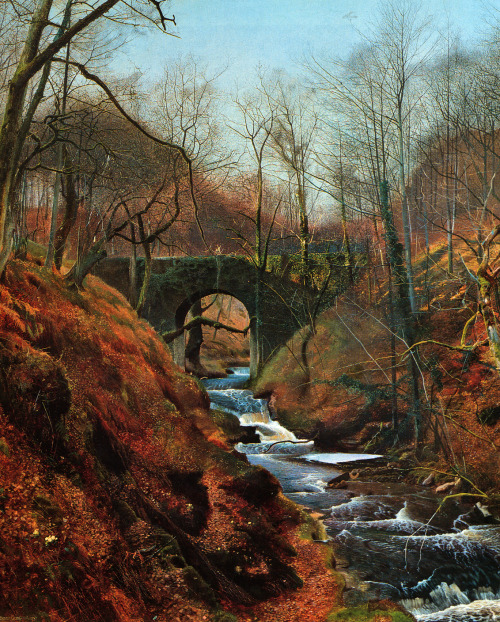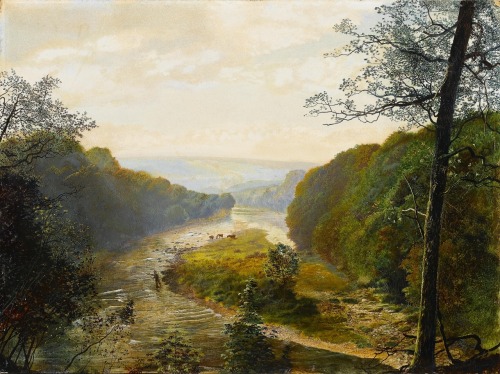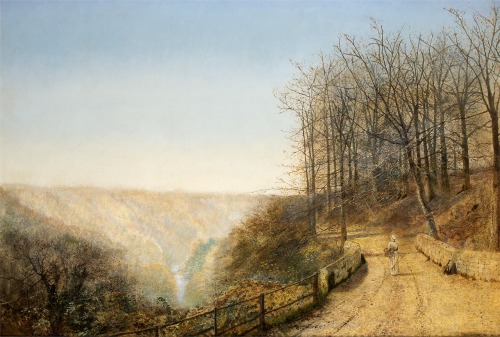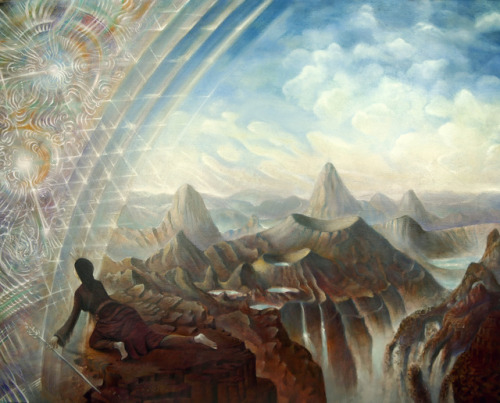#british art
MWW Artwork of the Day (4/14/16)
Dante Gabriel Rossetti (British, 1828-1882)
The Beloved (aka “The Bride”)(c. 1865-66)
Oil on canvas, 82.5 x 76.2 cm.
The Tate Gallery, London
The subject of this painting, the power of woman’s beauty, is inspired by the biblical Song of Solomon. The bride pulls back her veil to reveal her beauty and engages the viewer with her blue eyes and full red lips. The rich colours and exotic fabrics in which she is clothed heighten her sensuality: her intricate leather headdress is Peruvian, while her dress is made from Japanese kimono fabric.
In order to clarify the theme of the picture, originally intended to represent Dante’s Beatrice, Rossetti inscribed the frame with lines from The Song of Solomon and Psalm 45: “My beloved is mine and I am his.” (The Song of Solomon 2:16). “Let him kiss me with the kisses of his mouth: for thy love is better than wine.” (The Song of Solomon 1:2). “She shall be brought unto the King in raiment of needlework: the virgins her companions that follow her shall be brought unto thee.” (Psalms 45:14)
The picture was commissioned in 1863 by George Rae, for £300, but was not finished until the winter of 1865-66. Rossetti also made further alterations in 1873 when he idealised the Bride’s head and left hand and the head of the attendant on the right. The model for the bride was Marie Ford, whose beauty Rossetti greatly admired. The virgin bridesmaid in the left foreground was modelled by Ellen Smith, the woman on the right by the artist Frederick Sandys’s gypsy mistress Keomi. The young black boy was intended to add a note of exoticism, but his dark face also provides an effective contrast with the pale complexion and auburn hair of the bride. Rossetti encountered the boy by chance at the door of a hotel and added him as an afterthought, replacing a mulatto girl. He may also have been inspired by the figure of the black servant in Manet’s Olympia, which he saw during a visit to Manet’s studio in November 1864.
The painting has a number of symbolic readings: the boy offers up roses, a symbol of love, but also a Christian image indicating someone who is matchless or without peer. The virgins hold lilies, normally a symbol of purity, but their red colour suggests passion and physical love. The composition is extremely shallow, and the attendants crowd around the bride, providing a rich and sumptuous setting for her jewel-like beauty.
(from the Tate catalog)
Rossetti will be one of the featured artists in the MWW exhibit/gallery:
* Back to the Future - The Pre-Raphaelite Brotherhood (coming in 2016)
Post link
The Rev. and Mrs. Thomas Gisborne, of Yoxall Lodge, Staffordshire
Joseph Wright of Derby (British; 1734–1797)
1786
Oil on canvas
Yale Center for British Art, New Haven, Connecticut
Post link

The East IndiamanHotspurLeaving the Tyne on Her Maiden Voyage, William Garthwaite, 1851

Signal, a Grey Arab, with a Groom in the Desert, David Dalby, 1820 or 1829

Greek Warrior, Carl Haag, 1861
Frank Dicksee (Francis Bernard Dicksee) (1853–1928, Engand)
Medievalist paintings
Frank Dicksee was a prominent EnglishVictorian painterandillustrator. The son of Thomas Francis Dicksee, a noted painter of Shakespearean characters, he is best known for his pictures of dramatic literary, historical, and legendary scenes. He also was a noted painter of portraits of fashionable women, which helped to bring him success in his own time.
His style was not fully within other popular modes of the time, such as Pre-RaphaelismorNeoclassicism, and can be seen as a fusion of various methods and aesthetics of his time, including later in life utilising post-Romantic techniques such as lighter brushwork and softer shades.
Post link
Frank Dicksee (Francis Bernard Dicksee) (1853–1928, Engand)
Illustrations to ‘Romeo & Juliet’, Sir Cassell & Company Limited, London, 1884
Frank Dicksee was a prominent EnglishVictorian painterandillustrator. The son of Thomas Francis Dicksee, a noted painter of Shakespearean characters, he is best known for his pictures of dramatic literary, historical, and legendary scenes. He also was a noted painter of portraits of fashionable women, which helped to bring him success in his own time.
His style was not fully within other popular modes of the time, such as Pre-RaphaelismorNeoclassicism, and can be seen as a fusion of various methods and aesthetics of his time, including later in life utilising post-Romantic techniques such as lighter brushwork and softer shades.
Post link
Thomas Francis Dicksee (1819–1895, Engand)
Characters from Shakespeare
Thomas Francis Dicksee was an English painter, primarily a portraitist and painter of historical, genre subjects — often from Shakespeare. He exhibited at the Royal Academy from 1841 until the year of his death. His brother John Robert Dicksee was also a painter, and his children, Frank and Margaret likewise became painters. In The Dictionary of Victorian Painters, Herbert Dicksee is given as his son also, but according to the City of London School, where Herbert taught, he was the son of John Robert Dicksee.
Post link
Frank Dicksee (Francis Bernard Dicksee) (1853–1928, Engand)
Genre scenes
Frank Dicksee was a prominent EnglishVictorian painterandillustrator. The son of Thomas Francis Dicksee, a noted painter of Shakespearean characters, he is best known for his pictures of dramatic literary, historical, and legendary scenes. He also was a noted painter of portraits of fashionable women, which helped to bring him success in his own time.
His style was not fully within other popular modes of the time, such as Pre-RaphaelismorNeoclassicism, and can be seen as a fusion of various methods and aesthetics of his time, including later in life utilising post-Romantic techniques such as lighter brushwork and softer shades.
Post link
James Webb (1825–95, England)
James Webb was an English painter specialising in marine views,landscapes, and urban scenes in the style of vedute. Webb painted scenes in England, Wales, Holland, France and along the Rhine. He painted figures and buildings with as much competence as he did landscape backgrounds, and his paintings have a feeling of tranquillity and harmony to them. Webb used pale colours, but painted in a robust naturalistic style, influenced by J. M. W. Turner.
Post link
John Atkinson Grimshaw (1836–1893, England)
Landscapes
Grimshaw was an EnglishVictorian-era artist, popular both during his time and in the present for his night-time depictions of British cities.
Grimshaw’s earliest influence was the Pre-Raphaelites. True to the Pre-Raphaelite style, he created landscapes of accurate colour and lighting, vivid detail and realism, often typifying seasons or a type of weather. Moonlit viewsofcity and suburban streets and of the docks in London, Leeds, Liverpool and Glasgow also figured largely in his art. The focus on atmosphere, and lack of moral message or historical reference allies his work to some extent with the Aesthetic Movement.
His careful painting and his skill in lighting effects meant that he captured both the appearance and the mood of a scene in minute detail. His “paintings of dampened gas-lit streets and misty waterfronts conveyed an eerie warmth as well as alienation in the urban scene.” Later in life his colour palette shifted from dark blues to golden yellows, and towards the end of his life were hints of a change in artistic direction, with looser brushwork influenced by his friend James Abbott McNeill Whistler, who was quoted saying “I considered myself the inventor of Nocturnes until I saw Grimmy’s moonlit pictures.”
Post link
William Etty (1787-1849)
“Male Nude, with Arms Up-Stretched” (1828)
Oil on board
Located in the York Gallery, York, EnglandProfessor Jason Edwards of the University of York suggested that this image may have been intended to be hung horizontally with the model on his back, but it is more likely to be a study for a Descent from the Cross.
Post link
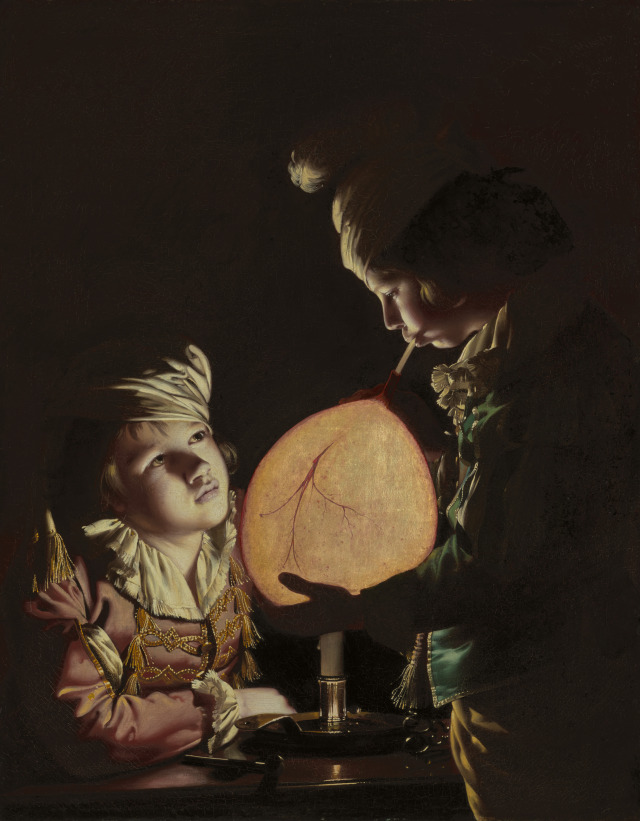
Two Boys with a Bladder, Joseph Wright of Derby (English, 1734–1797), ca. 1769-1770
Oil on canvas

A Philosopher Showing an Experiment on the Air Pump, Valentine Green (British, 1739-1813) after Joseph Wright of Derby (English, 1734–1797), published 1769
Mezzotint on paper
Through the Veil IV.
Oil on canvas.
Based on the Flammarion engraving.
Painter : Daniel Mirante
Post link


